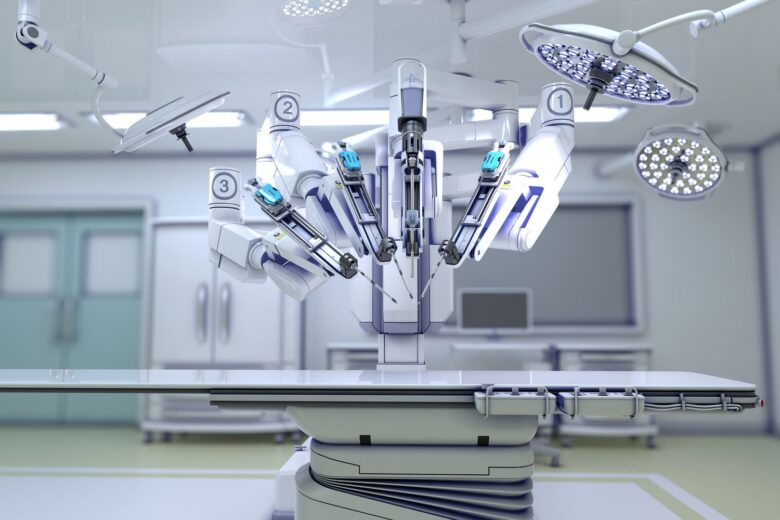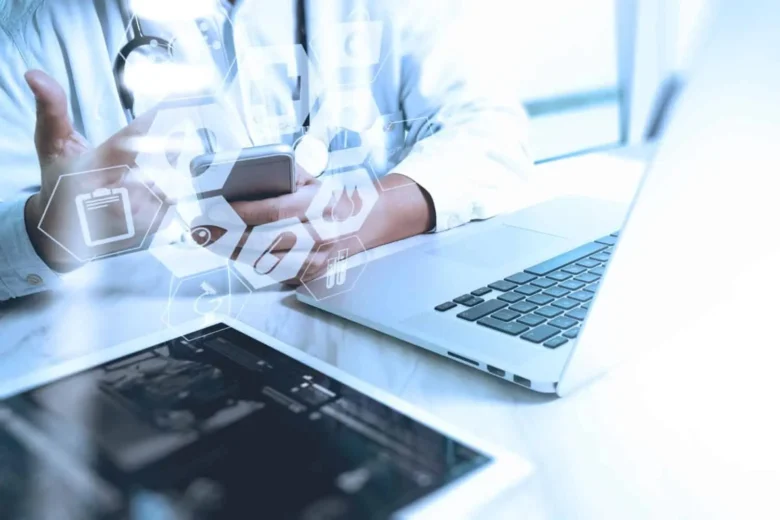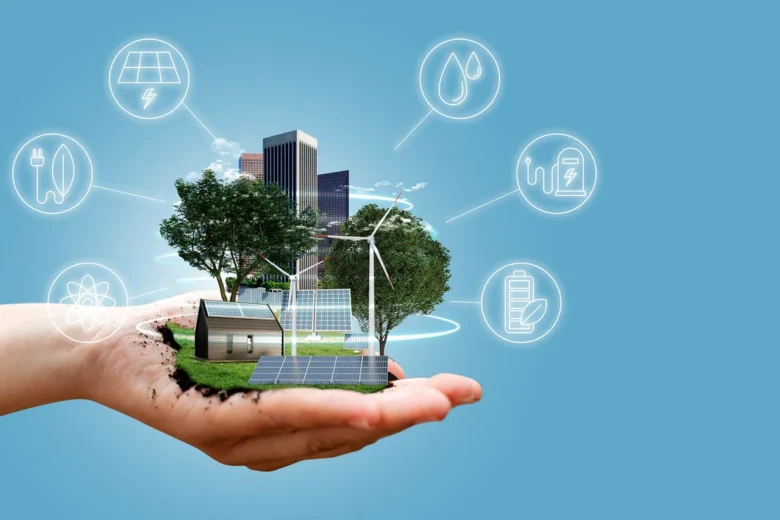Health technology, also known as health tech, is revolutionising the field of modern medicine and paving an avenue for a more customised approach to health care. There is no longer a time when all-in-one-size-fits-all medical solutions were the norm. Nowadays, advances in AI-powered devices such as wearable devices, wearables, and advanced data analytics enable medical professionals to …
AI in Your Smartphone Artificial intelligence has become a key component of smartphones that many people use regularly. If you’re using voice assistants such as Siri and Google Assistant or relying on the predictive text feature on your phone, AI is constantly making itself available. These systems study your habits as well as your preferences and …
Surgical procedures are evolving drastically in the era of advanced technology, and at the heart of this transformation is the rise of robotics in the operating room. Robotic surgery, once a futuristic concept, is now a reality reshaping how healthcare professionals approach complex medical procedures. This blog outlines the pivotal role robots play in modern …
Climate change is one of the biggest problems we face, caused by the buildup of carbon dioxide and other greenhouse gases in the atmosphere. These gases trap heat, contributing to global warming, melting ice caps, rising sea levels, and extreme weather events. Despite international agreements and policies to reduce emissions, annual carbon dioxide emissions continue …
Chronic illness is a problem that affects millions across the globe that require constant care and attentiveness. Management of these ailments usually requires frequent visits to the doctor, routine medication regimens that are daily and many lifestyle adjustments. But advances in technology for health are changing the way people treat chronic illnesses by enabling them to control …
Water is essential for life, but billions of people worldwide still struggle to access clean, safe drinking water. Rapid population growth, industrial pollution, climate change, and unsustainable agricultural practices are exacerbating water shortages and agricultural pollution. Traditional water management methods are struggling to keep up with growing demand and environmental challenges. We urgently need new, …
Technology for preventing illness is changing the way we view our health. In lieu of waiting around for health problems to manifest, this revolutionary method focuses on identifying possible issues earlier, empowering people to act before their conditions become worse. By integrating modern methods and tools to prevent illness, preventive health technology allows us to live longer …
The Rise of Solar Shades for Energy Efficiency and Aesthetics Solar panels have long been criticized for being bulky and unsightly, especially on residential roofs. Solar shading, however, captures energy more efficiently without sacrificing aesthetics. These ultra-thin, customizable panels can blend seamlessly with roof tiles or building materials and still generate significant energy. The design …
Healthcare innovation aims to make healthcare more accessible, affordable and effective; however, its implementation may prove challenging due to lack of resources and culture. Technology has put patients in control with smartphone apps, wearables and video consultations with doctors available at their fingertips. Patient portals help keep track of tests and prescriptions administered. 1. Personalization …
Artificial intelligence has surpassed the realm of science fiction and has become a part of human activities because of virtual assistants. AI virtual assistants such as Siri, Alexa, Google Assistant, and Cortana are currently integrated into smart speakers, smartphones, computers, and automobiles. These assistants aren’t just devices for carrying out basic tasks. They are revolutionizing how people …










